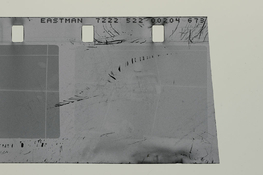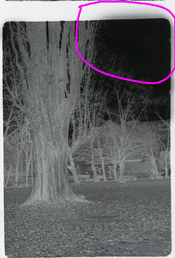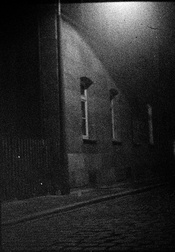When you take photos on negative film, the negative is intended as an intermediary.
The image on the emulsion side is a mirror image of the subject - it's also upside down, but that doesn't matter.
Negatives are designed to be printed. When you print an upside down mirror image, you print with the emulsion facing the emulsion of the paper and end up with a right-side up, non-mirror image.
When viewing the negative you achieve the same right-side up, non-mirror image by looking through the negative instead - after turning it right-side up.
When you digitize the negative, the camera doesn't know that it is dealing with an upside down mirror image, so it is normal to either flip and invert it later digitally or - less advisable - digitize it through the negative.
The image on the emulsion side is a mirror image of the subject - it's also upside down, but that doesn't matter.
Negatives are designed to be printed. When you print an upside down mirror image, you print with the emulsion facing the emulsion of the paper and end up with a right-side up, non-mirror image.
When viewing the negative you achieve the same right-side up, non-mirror image by looking through the negative instead - after turning it right-side up.
When you digitize the negative, the camera doesn't know that it is dealing with an upside down mirror image, so it is normal to either flip and invert it later digitally or - less advisable - digitize it through the negative.










